Škoda 110 R Coupe: A Forgotten Coupe that Deserves to be Remembered
Images: Car & Classic
Czechoslovakia always had a special place in the era of Soviet dominance of Eastern Europe. Admittedly, it did not quite have the independence of Yugoslavia, but it always cultivated a certain openness and a fierce desire for freedom, including in the kind of cars they made.
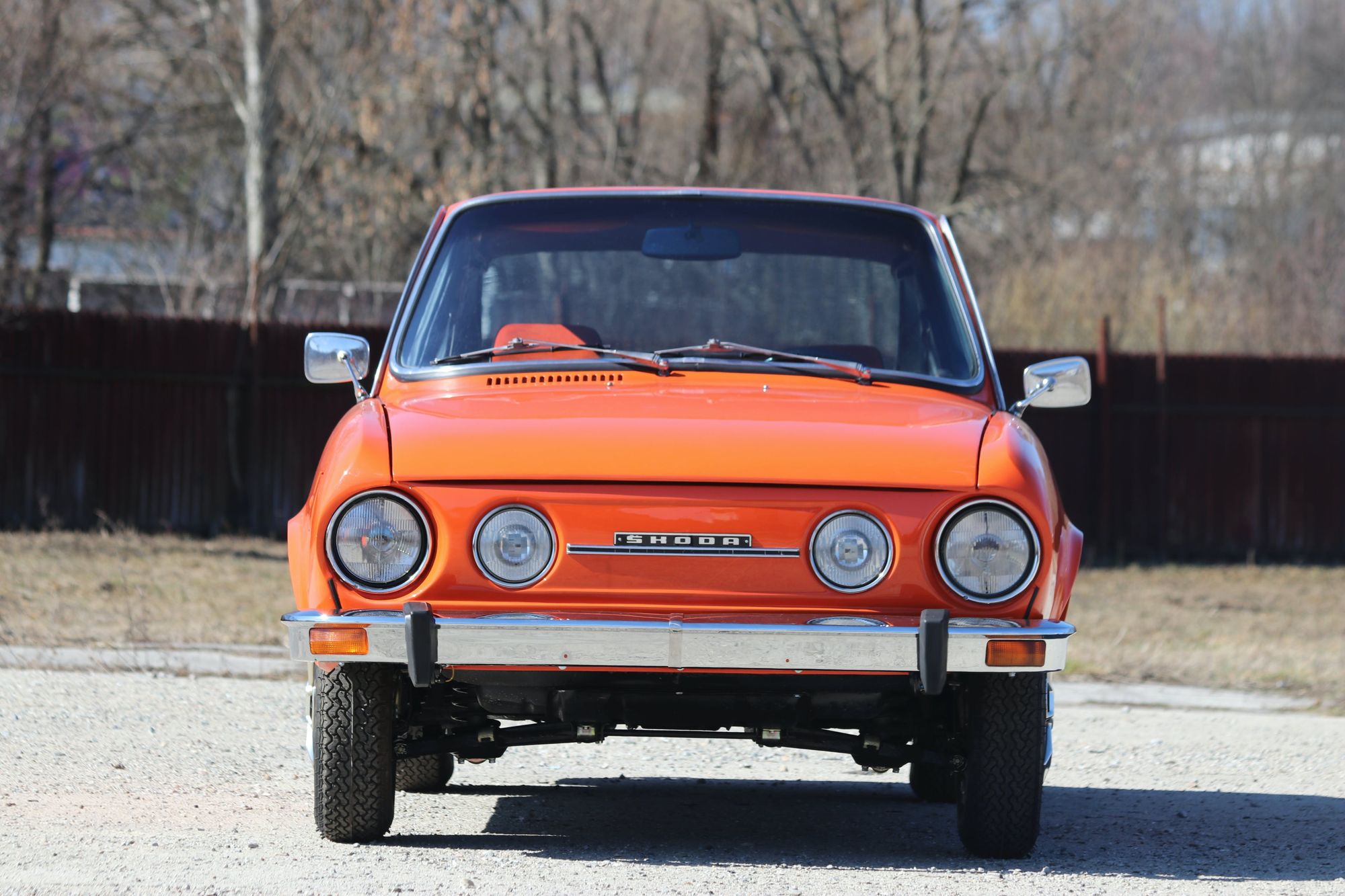
Despite the failure of the Prague Spring of 1968, there remained in this country a certain anti-conformist trend, which apparently irritated the powers-that-be in the USSR. In the world of automobiles, Tatra persisted in offering very distinctive limousines that were more attractive than the ZILs of their masters, while at Škoda, they managed to develop their own range of cars without needing the help of Fiat, unlike Lada and its Zhiguli.
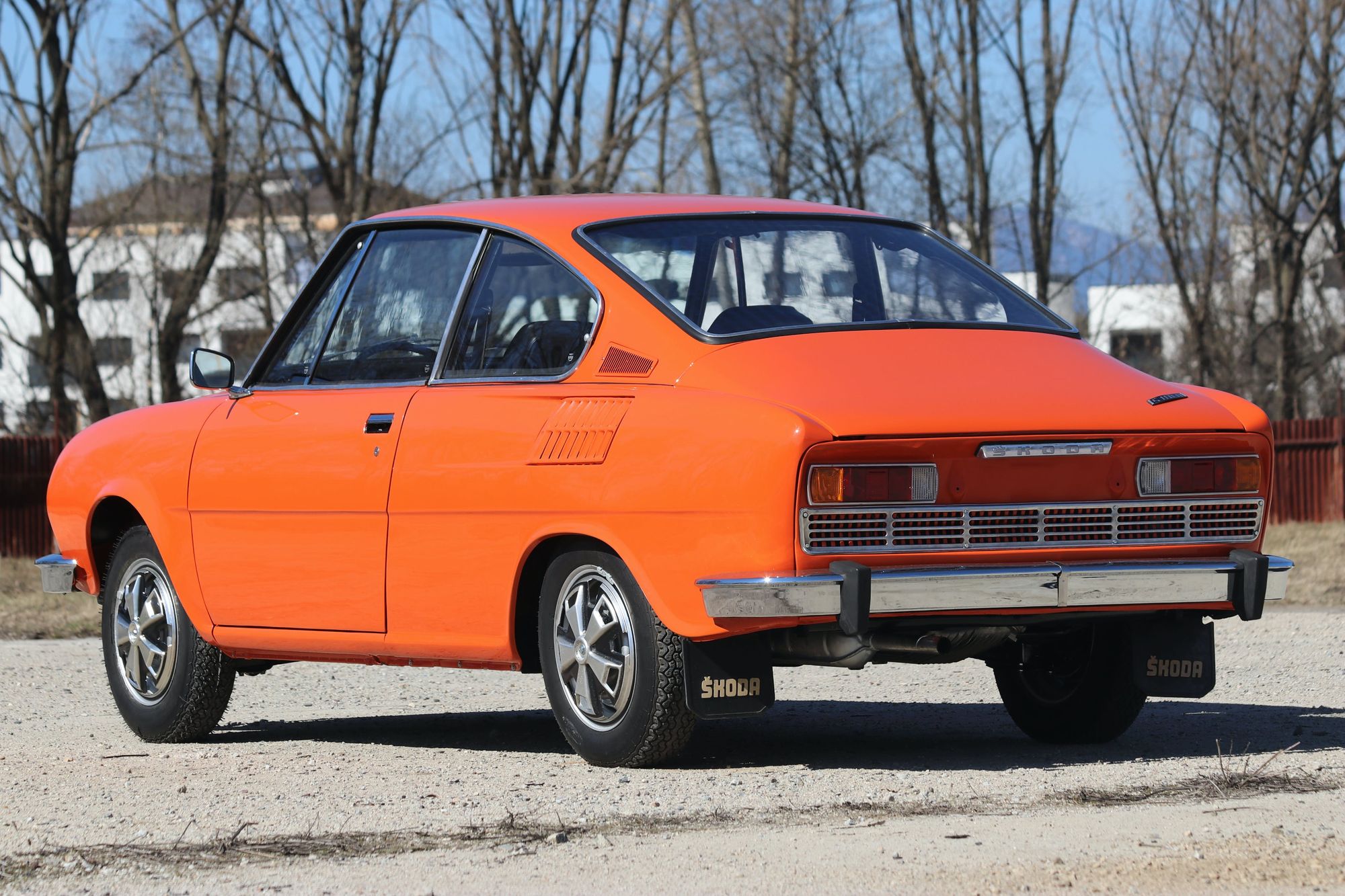
To annoy the cradle of communism even more, Škoda came up with an even more decadent automobile—the 110 R Coupe, a car designed to seduce the running dogs of capitalism in the West: a car that could be exported and homologated to compete in motorsport.
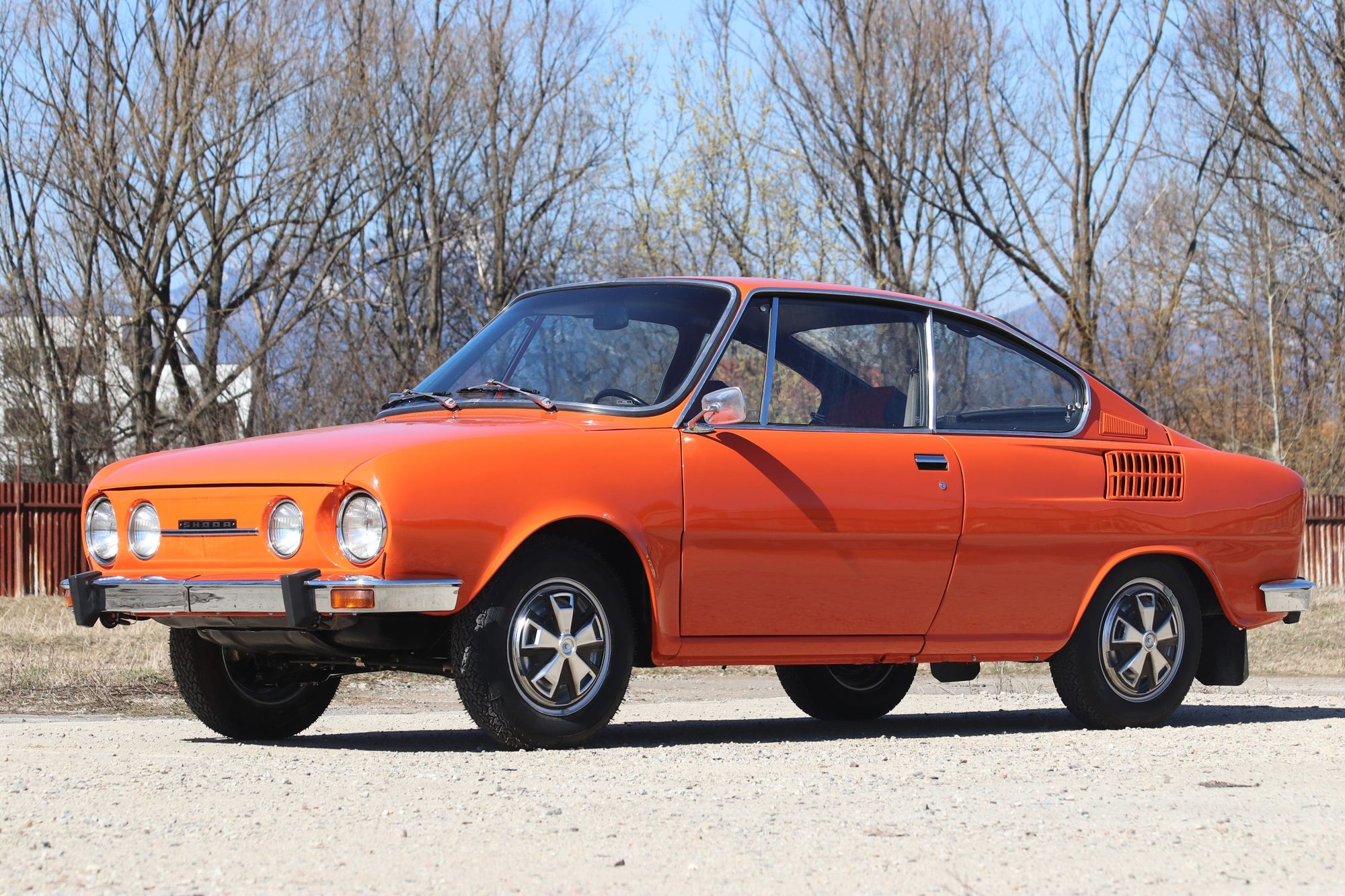
Even if in retrospect one may be making fun of the cars from behind the Iron Curtain, there is no ignoring the innovativeness of the Czechoslovakian cars from the 1970s. The Tatra 613, designed by Vignale, was quite elegant and modern, whilst retaining its ‘all at the rear’ architecture. Amongst the engineering boffins at Škoda, in Mlada Boleslav they too preferred retaining the classical rear engine architecture.
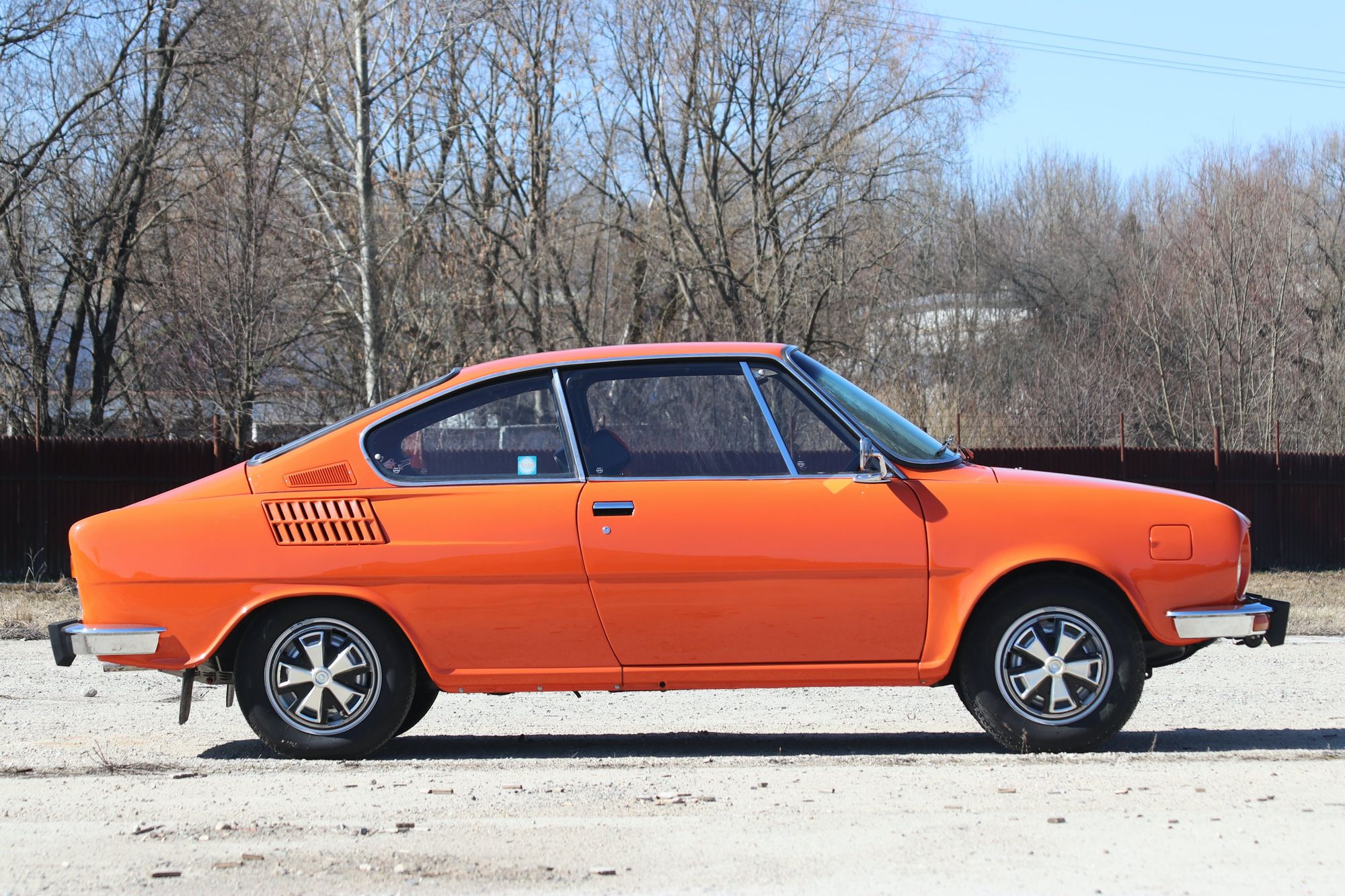
When the new Škoda 100/110 saloon was launched in 1969, it was not archaic. It is true that several of the European manufacturers had switched to front wheel drive, but there are still some faithful to the rear engine concept, including the likes of Volkswagen. Škoda was selling in Western Europe, and it had a certain reputation going. One mustn’t forget that before the war, Czechoslovakia was a great industrial centre of very fine repute, and the Škoda firm (although nationalized) was an heir of that legacy.

To develop its automobile industry, the USSR resorted to Western help, and that’s how Fiat offered the Fiat 124 and the turnkey Togliatti factory to develop AvtoVaz (Lada in the export markets). Whilst at Mlada Boleslav, Škoda preferred to go the in-house route and develop the sexiest cars possible. And that’s how the 110 R Coupe came about.
Porsche’s many wins at both races and rallies with the 911, as well as the success the tiny Alpine A110s had had at the rallying World Championship had given enough credibility to the rear engine layout, and it was on this image that Škoda played with the 110 R Coupe, earning the nickname ‘Porsche of the East’.
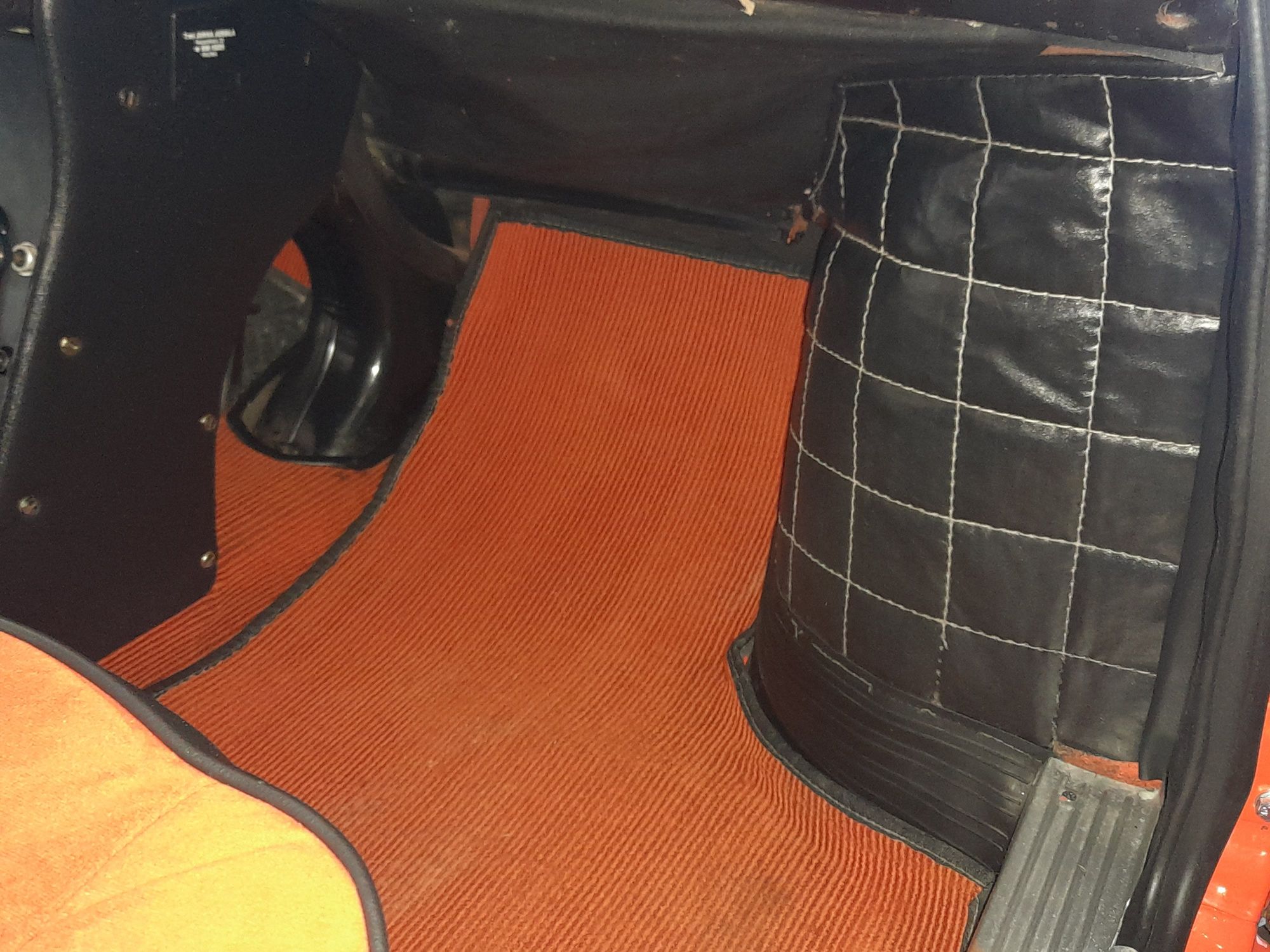
This comparison is somewhat exaggerated if we examine the car more closely: not only did the 110 R Coupe quite match the 911 in looks, but its four-cylinder 1107cc developing all of 62bhp did not quite measure up to the exuberant flat-six of the Porsche. It did not matter that much though as the little Czech was priced at a fraction of the cost of the Porsche. Credibility came when Škoda developed the hot rallying version of the car, in particular the 130 RS, and the even rarer 180 RS and 200 RS.
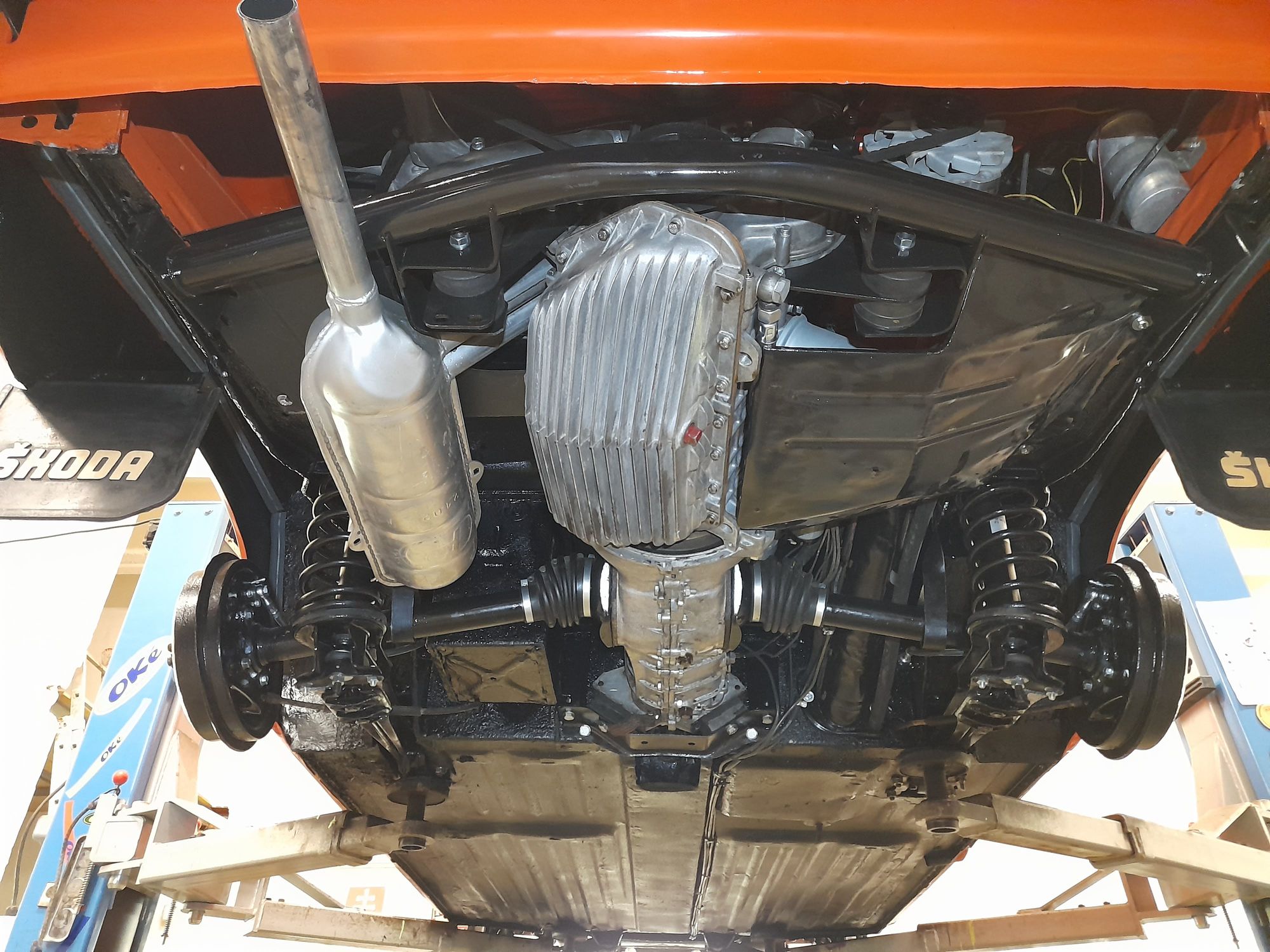
The 110 R Coupe was launched a year after the sedan, in 1970. It quickly met with some success both in Czechoslovakia and in Western Europe, where aggressive importers (especially in Great Britain) played the ‘Sport’ card, even if 0 to 100 km/h took a leisurely 18.5 seconds, whilst V-max was barely 145 km/h. But attractive prices helped matters, and Škoda was able to shift as many as 56,902 by 1980, when production ended.
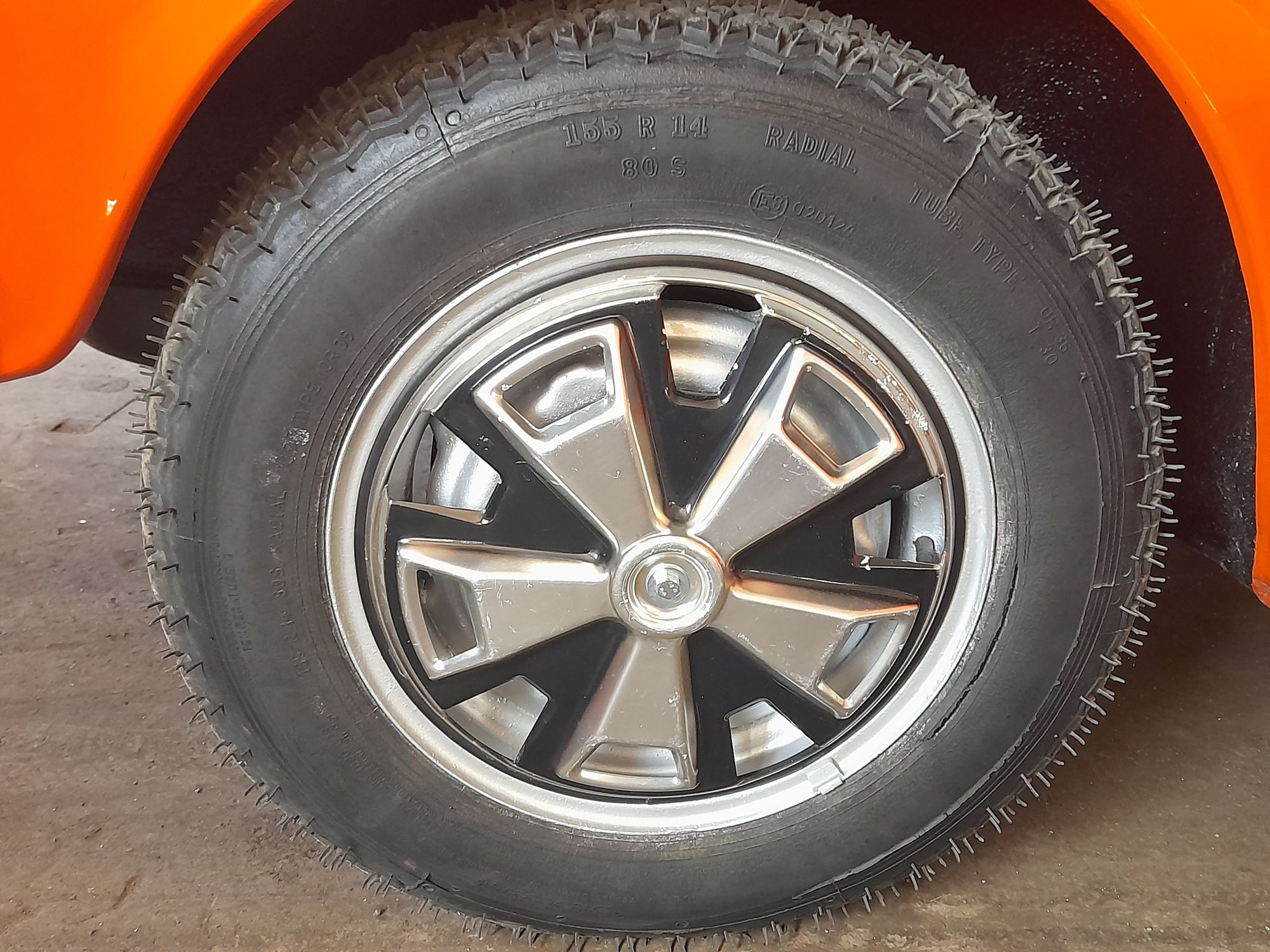
Today, the Škoda 110 R Coupe is an informed collector's car, as not very many survive. Thus, when UK-based outfit Car & Classic was auctioning one (the car that you see on this site), it was reason enough for this article. Apparently one of five extant in the UK, this car has just 66,500 miles on the clock. Starting its life in Finland, Car & Classic’s press release described the car as an ‘Eastern Bloc poster car’, which was exported to Slovakia and is now being auctioned by the British company. The car is in period-correct orange.
Subject of a meticulous restoration, including the mechanicals and bodywork, this Škoda is incidentally up for auction as we write this.
Comments
Sign in or become a deRivaz & Ives member to join the conversation.
Just enter your email below to get a log in link.
